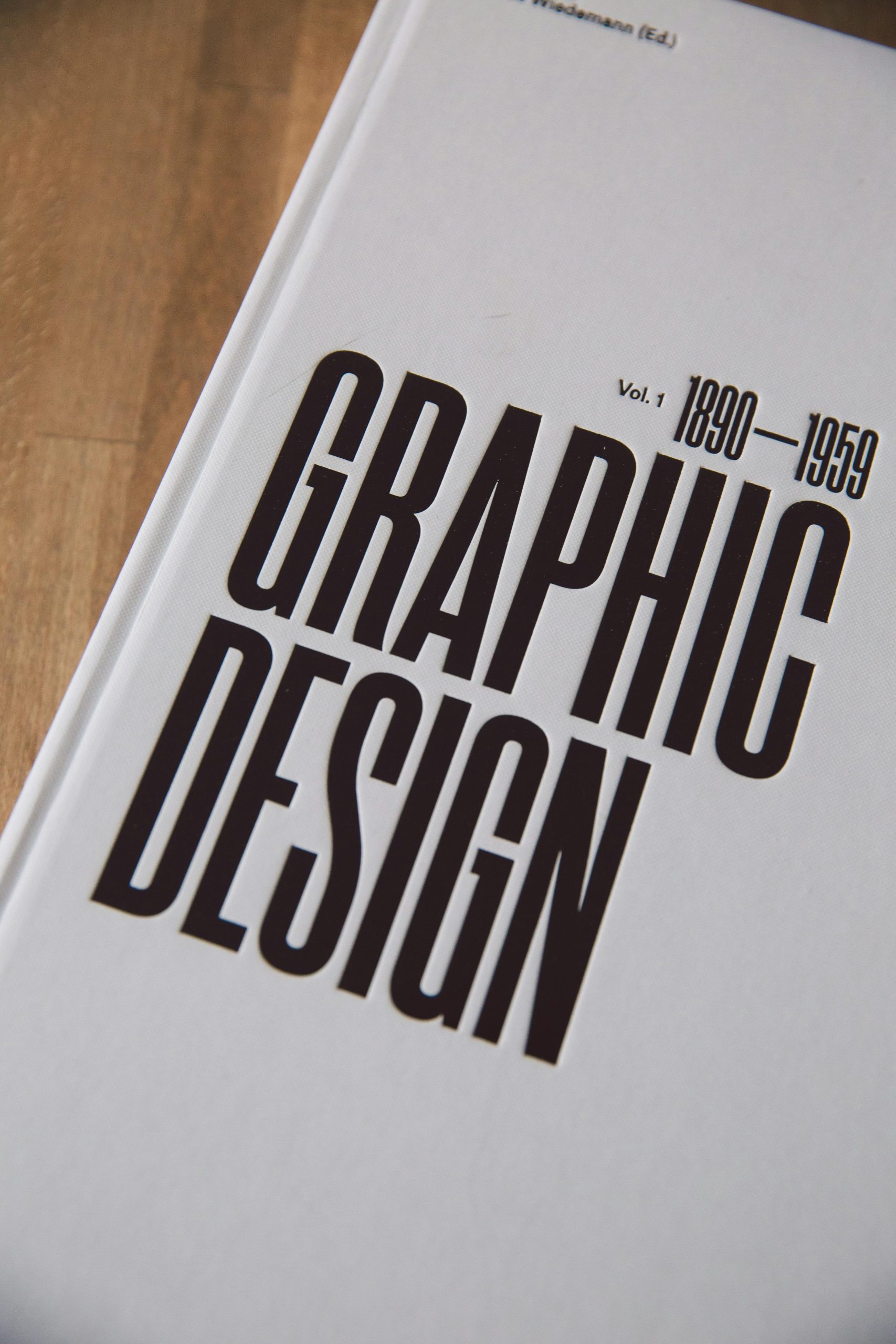Understanding Home Inspection Report Requirements for Homeowners: Navigating Communication with Insurance Brokers
As a homeowner navigating the complex landscape of property insurance, especially in a competitive market like Los Angeles County, clear and accurate documentation is crucial. Recently, some homeowners have encountered challenges when working with insurance brokers and inspectors regarding the formatting and presentation of home inspection reports. Here’s an insightful overview to help you understand what might be required and how to ensure smooth communication.
Clarifying Inspection Report Formatting Expectations
Home inspectors typically generate reports verifying the condition of a property, and these documents often need to meet specific standards set by insurance companies. However, these requirements can sometimes seem ambiguous or inconsistent. One common point of contention involves the presence and style of a letterhead—should the report feature a specific layout, placement, or details?
Although there are no universal rules dictating the exact format, insurance providers generally look for a professionally presented report, often with the inspector’s contact details prominently displayed—usually at the top of the document. Some insurers prefer a letterhead that includes the company name, address, phone number, and inspector’s credentials, generally placed in the header section of the document. Despite this, specifics can vary, making it worthwhile to confirm with your broker or directly with the insurance company beforehand.
Effective Communication with Your Insurance Broker
If you find yourself in a back-and-forth with your broker over report formatting, consider requesting a written list of their exact requirements. This can help clarify whether the issue is truly about the letterhead’s presence, style, or other formatting elements. Providing your inspector with a sample template that matches the expected standards might expedite the process.
Additionally, if persistent issues arise, it might be advantageous to reach out directly to insurance companies for guidance. While maintaining professionalism, clearly ask whether they have a preferred format and what specific details are necessary to avoid delays or misunderstandings.
Preparing for Future Inspections
To streamline future inspections and reports, communicate your needs upfront. When engaging an inspector or contractor, specify that their report will be used for insurance purposes and inquire about any formatting preferences or required elements—such as placement of contact information, signatures, or certifications.
Conclusion
Navigating documentation requirements can be a frustrating part of homeownership, especially for those new to the process. By establishing clear communication with your insurer and inspector from the outset, you can help ensure that your reports meet necessary standards without unnecessary delays. Remember, understanding an insurer’s expectations and conveying them upfront can save time and hassle down the



